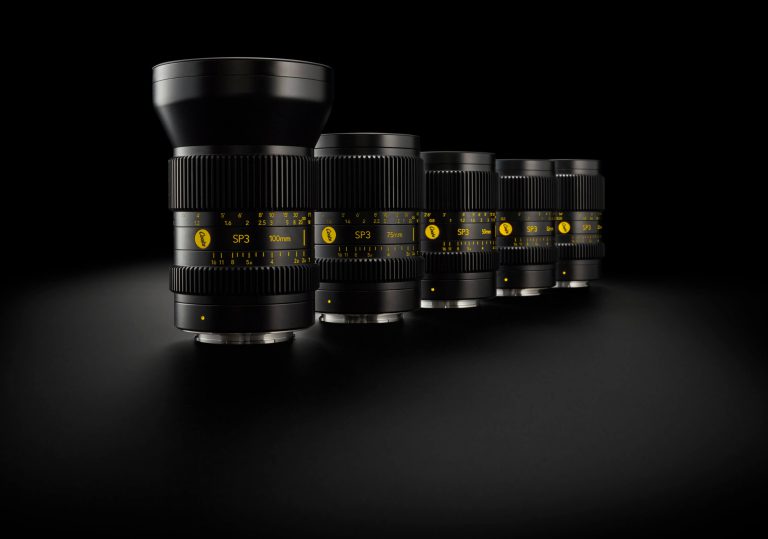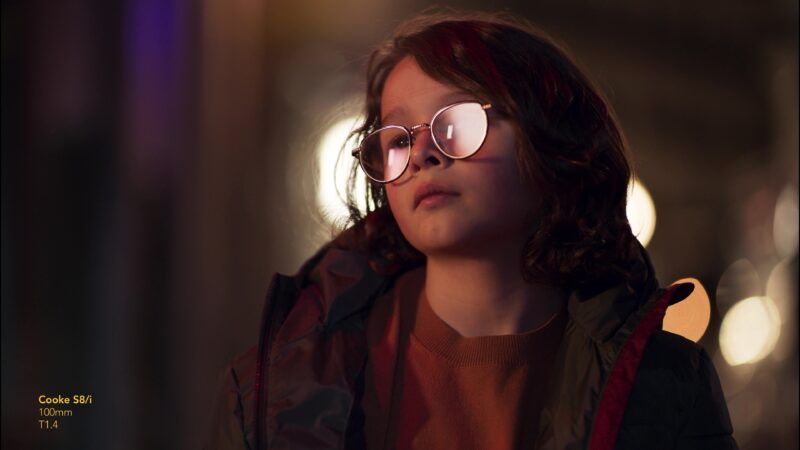Our Lenses
Cooke manufactures a wide range of lenses suitable for various film applications. All lenses are colour matched and equipped with i/ Technology, enabling you to interchange with confidence and streamline processes. Easily maintained, accurate and reliable, Cooke lenses are designed to allow you greater creative freedom.


